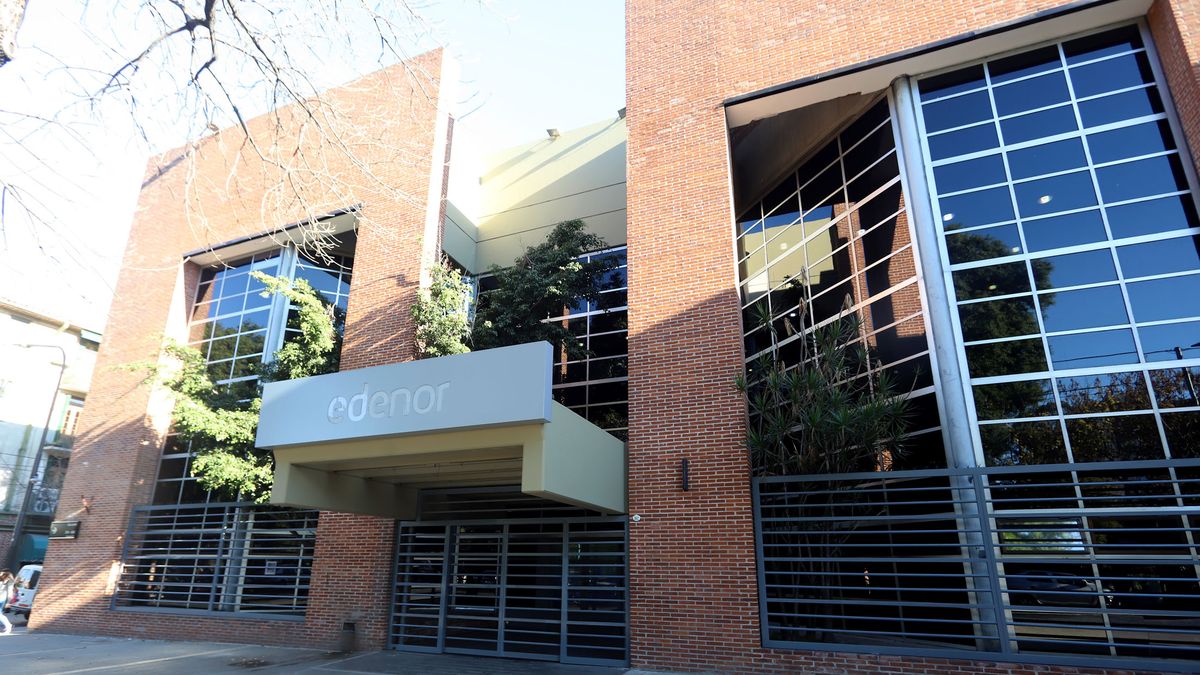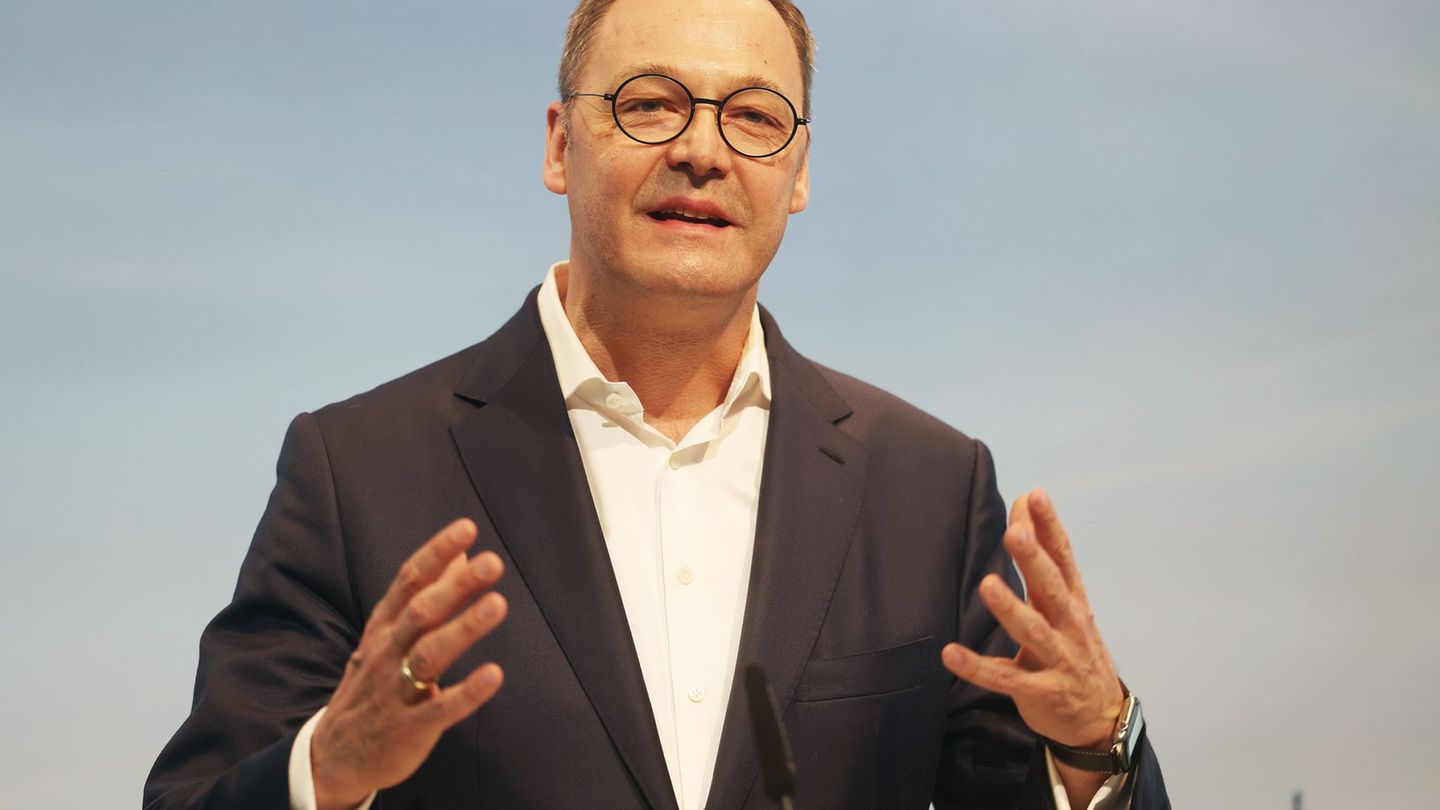“Today the State covers more than 75% of the cost of gas and electricity that is included in the bill” and since no distinctions are made by socioeconomic capacity, except for the implementation of the social tariff, “50% of (the population of ) higher income receives 60% of subsidies for electricity”he stated.
Likewise, it specified that the decile with the highest level of income allocates 0.9% and 2.2% of its income to the payment of electricity and gas services, respectively, for which López Osornio proposed “gradually withdrawing subsidies” from that 10% of the population with the greatest economic capacity.
For the individualization of this group of users, the energy portfolio proposed the evaluation of the allocation of subsidies based on socioeconomic aspects such as energy consumption, income level and wealth; or to geographic-spatial variables associated with the value of the property and urbanization.
Thus, in the segment with the lowest level of subsidies, the definition is defined by one of the spatial criteria linked to being located within polygons with high payment capacity or being in the register of gated communities.
Regarding the socioeconomic criteria, the condition of having income greater than 3.5 total basic baskets (CBT) was identified; have 3 or more registered properties; have 3 or more vehicles less than 5 years old and have luxury planes or boats.
As part of the presentations, the director of the Gas Distributors Association (Adigas), Daniel Martini, explained that the new scheme implies modifications in the computer and billing systems of the companies and even without knowing details and based on similar experiences, he estimated “a minimum term of 8 weeks and that it will have a significant cost.”
Martini also revealed at the hearing that in 2022 and on the instructions of the National Gas Regulatory Entity, communications were sent to more than 3 million users to update their ownership data and the voluntary response was just 2.5%.
For his part, the manager of the Association of Electric Power Distributors (Adeera), Claudio Bulacioproposed that “the wholesale price be the same for all users, and that it should be subsidized only for users in conditions of socioeconomic vulnerability.”
“Given the current great difference between price and cost, this process must be gradual and predictable for users and for the sector,” warned Bulacio, noting that “with the reduction of the energy subsidy, the “subsidy “of the VAD that contributes the distribution”.
Other exhibitors raised a series of doubts regarding the proposal for the segmentation of natural gas and electricity service rates, as they understand that the necessary information is not available both on the socioeconomic conditions of the users and on the costs they must face. generation, transmission and distribution companies.
Mary Joseph Lubertinofrom the Citizen Association for Human Rights, criticized the geographic segmentation criterion in the Metropolitan Area of Buenos Aires (AMBA) as “an error”, since it would consolidate a division between “rich neighborhoods and poor neighborhoods”.
For Paula Soldisof the Center for Studies for the Promotion of Equality and Solidarity (Cepis), “massively eliminating subsidies without paying attention to the costs of the companies is a scam against the Argentine people.”
Mariana Grossofrom the Ombudsman’s Office, objected that “it is intended to implement a segmentation with insufficient information” and that “everything is unknown, with only one certainty, which is that everyone will receive invoices with increases”.
Conversely, carlos saravia of the Regulatory Entity of Public Services of Salta, considered that “there is no justice” in the current generalized subsidy scheme because there are users who “have the possibility of economic solvency to assume it.”
“In Salta we have already experienced segmentation, and we ended up sharing what the Nation wants to do: we segment by socioeconomic status. We cross-referenced 85% of residential users in registers and managed to establish that 31% corresponds to 40% of the population in a state of vulnerability that today pay half the increase, we freeze rates and stagger them. The solution represents an improvement,” he said.
George Pasqualini, of the Argentine Federation of Light and Power Workers, underlined that “energy subsidies are a short-term solution, but they can aggravate the problem in the long term,” for which reason he declared himself in favor of a segmentation focused on assistance to vulnerable sectors.
According to the documents published by Energy prior to the hearings, the evolution of rates has a ceiling according to the type of user, something that was signed in the agreement with the IMF. For people with a social rate, the 2022 rate variation corresponds to 40% of the Salary Variation Coefficient (CVS) of 2021.
The criteria for the elimination of subsidies contemplate those households that are included in the areas defined by the ENRE, closed neighborhoods, families with incomes greater than 3.5 basic baskets, among others.
Source: Ambito
David William is a talented author who has made a name for himself in the world of writing. He is a professional author who writes on a wide range of topics, from general interest to opinion news. David is currently working as a writer at 24 hours worlds where he brings his unique perspective and in-depth research to his articles, making them both informative and engaging.




